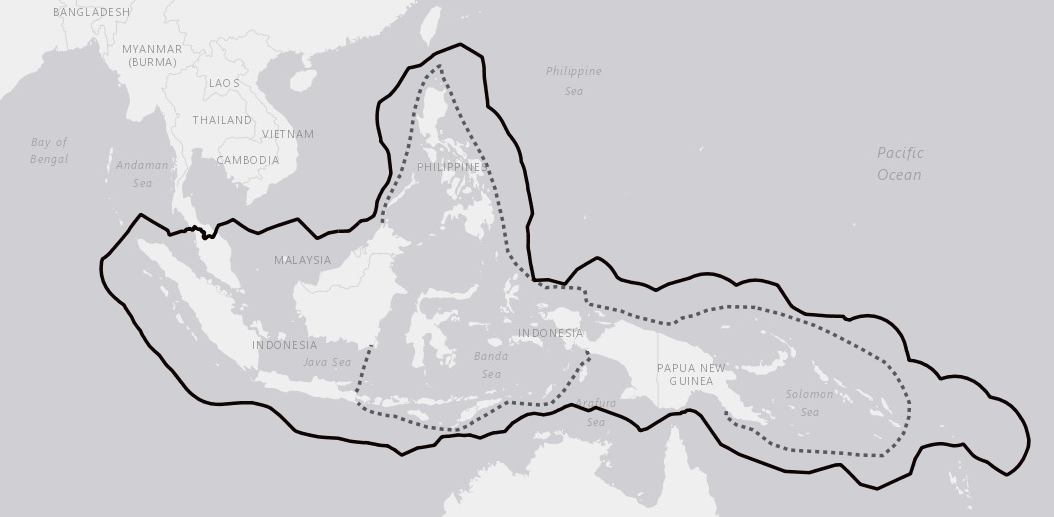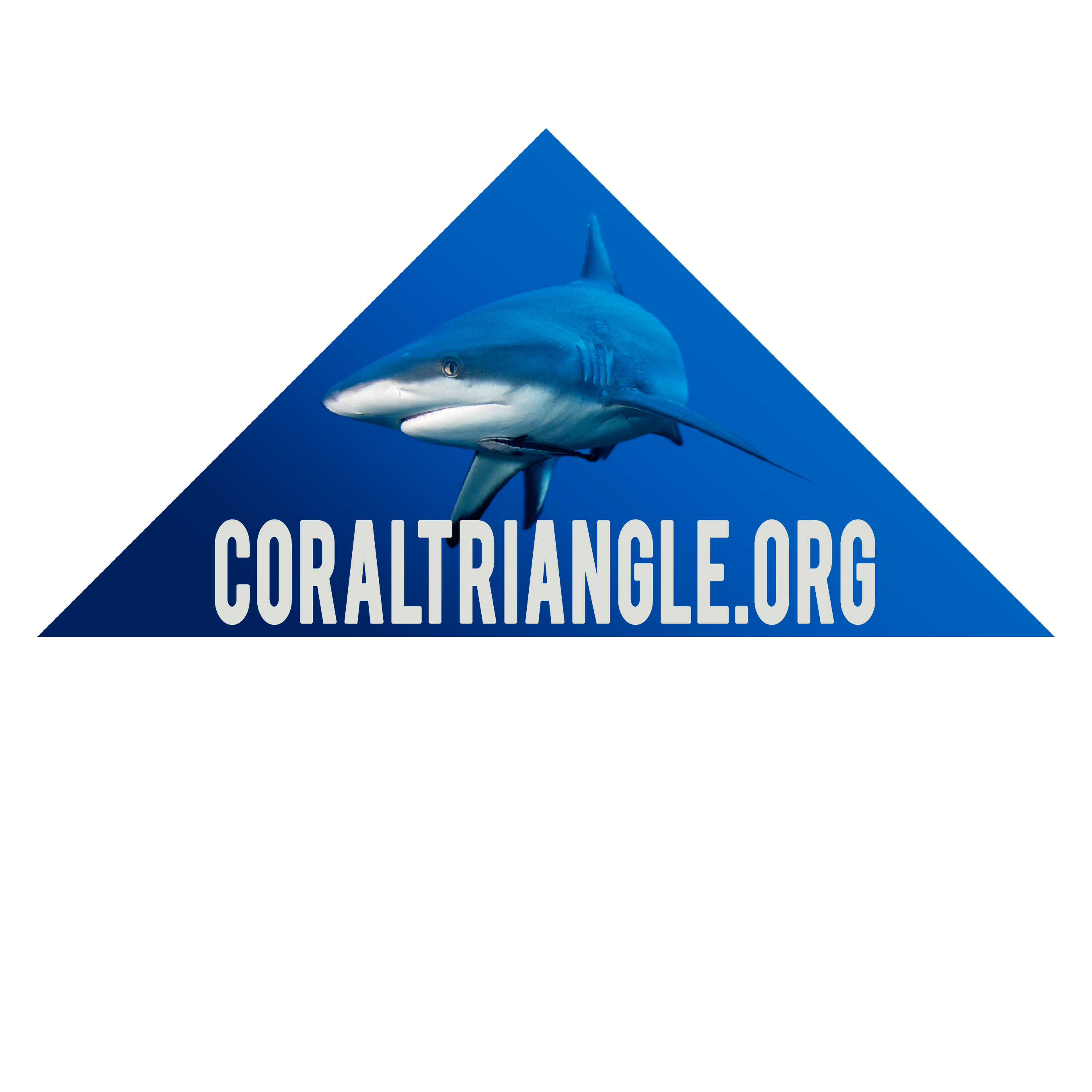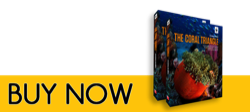The Coral Triangle
The Coral Triangle is one of the greatest centres of biodiversity on Earth. This region has more species of corals, fish, mangroves, seagrasses, and many other taxa than any other marine area on the planet. It is now generally agreed that six countries form the core of the Coral Triangle; it comprises parts of Indonesia, Malaysia, Papua New Guinea, the Philippines, the Solomon Islands and Timor Leste. Within the Coral Triangle it is relatively easy to find areas harbouring more than 605 species of hard coral – the building blocks of marine biodiversity. By comparison, Australia’s Great Barrier Reef hosts fewer than 500 coral species. On the other side of the globe the Caribbean Sea can boast only 61 species.
The Coral Triangle is home to 363 million people, 141 million of whom live within 30 km (19 miles) of a coral reef. It faces many threats, yet even though its habitats are fragile and show signs of breaking under the pressures exerted by humans, there is reason for hope. Governments, businesses and civil society, both in the region and around the world, are realizing the potential that they are losing, and working towards stopping the threats and to reverse the degradation.
Unlike Earth’s other two great centres of biodiversity, the Amazon and Congo Basins, the Coral Triangle does not have physical boundaries. Where it begins and ends is a matter of debate among scientists and conservationists. However, not under debate is the fact that as taxonomists mapped and catalogued the occurrences of species it became clear that this archipelago was special for its high species counts in nearly every marine plant and animal group they studied.
The Coral Triangle is home to 363 million people, 141 million of whom live within 30 km (19 miles) of a coral reef. It faces many threats, yet even though its habitats are fragile and show signs of breaking under the pressures exerted by humans, there is reason for hope. Governments, businesses and civil society, both in the region and around the world, are realizing the potential that they are losing, and working towards stopping the threats and to reverse the degradation.
Unlike Earth’s other two great centres of biodiversity, the Amazon and Congo Basins, the Coral Triangle does not have physical boundaries. Where it begins and ends is a matter of debate among scientists and conservationists. However, not under debate is the fact that as taxonomists mapped and catalogued the occurrences of species it became clear that this archipelago was special for its high species counts in nearly every marine plant and animal group they studied.

Dotted line: Coral Triangle Scientific Boundary - highest coral diversity in the world (more than 500 species)
Thick line: CTI-CFF Implementation area - The CTI-CFF Plan of Action may be implemented within waters under national jurisdiction of each of the Coral Triangle governments
Thick line: CTI-CFF Implementation area - The CTI-CFF Plan of Action may be implemented within waters under national jurisdiction of each of the Coral Triangle governments
Eric Madeja
WhatsApp: +60128382272
Skype: eric_madeja
Email me

